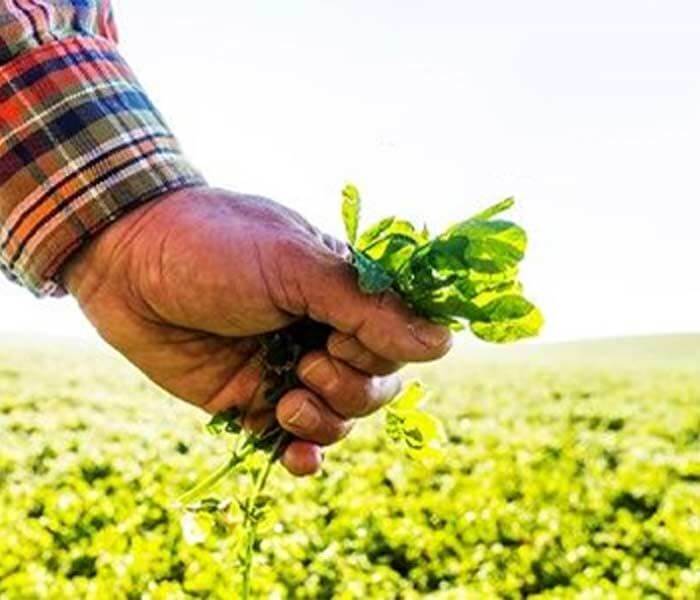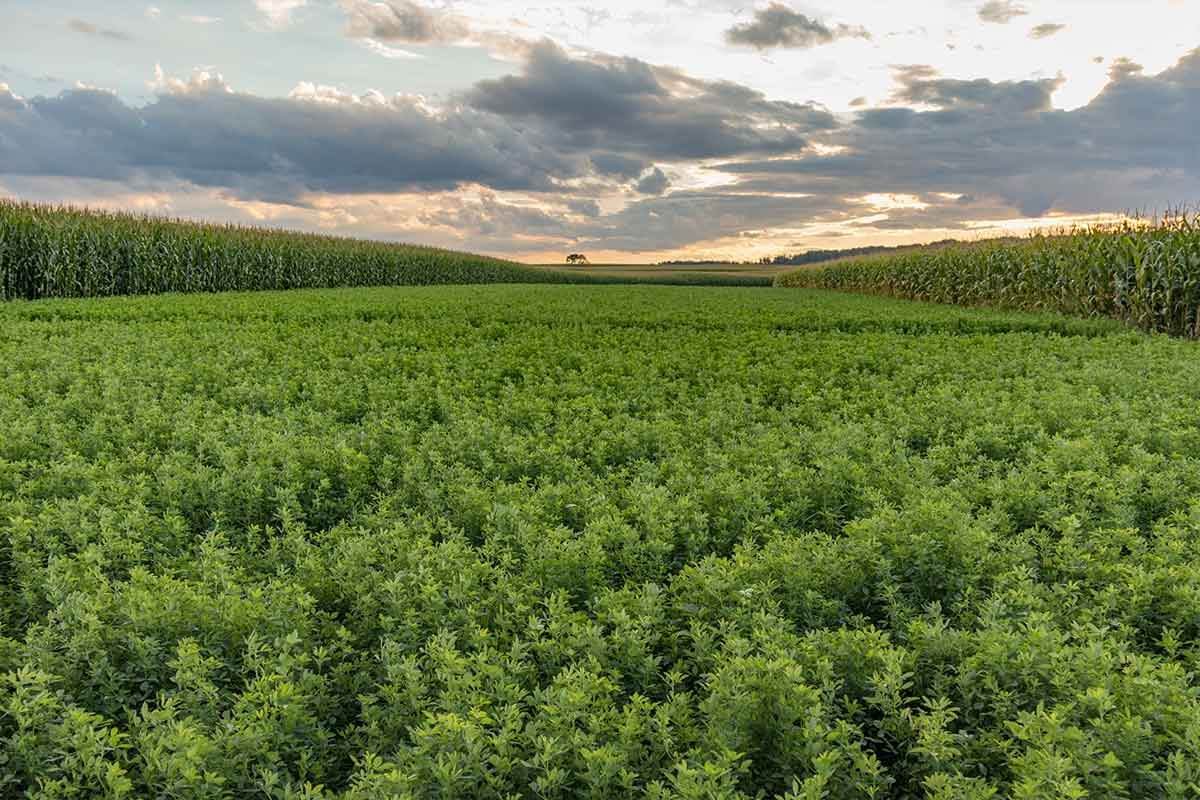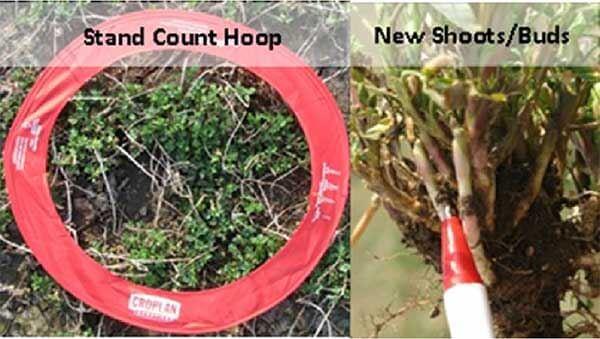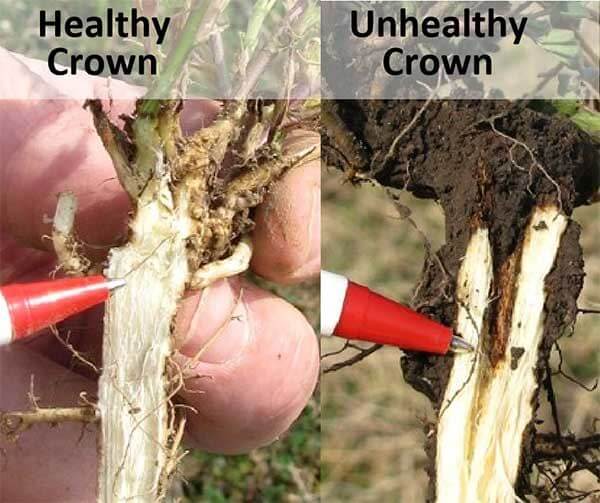Alfalfa Report From Pete Bonin
Apr 24, 2020

Is your alfalfa off to a good start for the season?
Alfalfa in the area is breaking dormancy right now.
Some of what you are seeing greening up in the field is dandelion and not alfalfa plants. It is important to scout your alfalfa fields to make sure the plants are off to a healthy start and that there are enough alfalfa plants there to obtain optimum yield.
Will the recent snowfall, frost, and overall cold weather affect alfalfa plants that have already started to green up?
Breaking dormancy occurs over a time frame of weeks and is not an instantaneous function. This process helps the plant to slowly “wake up” and release its stored energy and sugars over time and helps in keeping the plant alive and healthy during weather events like we have seen recently.

Most of the healthy stands coming into this weather event will come out of it fine
Overall I think most of the healthy stands coming into this weather event will come out of it fine, BUT if it was an unhealthy stand to begin, this event may accelerate plant loss.
Scout early, scout often
Over the next few weeks it is important to scout your alfalfa fields at least once or twice more. Early identification of a problem will leave you more solution options for your forage needs.
Tips for Spring Alfalfa Scouting
-
Follow the Reading the Stand program to evaluate stand density and crown health of each field.

-
Determine potential winter damage, may not be uniform across the field (winter damage vs winterkill).
-
Note: If in question whether crown is alive or dead, simply drag the edge of your shoe across the top of the crown. If dead, the crown will simply disintegrate. If alive, dig crowns and split open to assess.
-
Healthy crowns will have little to no discoloration; an unhealthy crown will have significant discoloration and fewer shoots which results in lower yield.

-
Crown condition and number of crowns (plant density) decline during the life of the stand and NOT just during winter. Wheel traffic injury is readily apparent on many deformed "lopsided" crowns.
Evaluate the stems and emerging shoots to make sure each crown has numerous healthy stems and shoots.
-
-
Rank winter damaged fields on the farm; new seedings to older stands.
-
As spring green up continues, revisit poor/damaged areas as to determine if plants are dead or alive.
-
Discuss rotating poor stands to corn or forage sorghum.
Enter your email below and we'll send you our Alfalfa PDF with Tips for Evaluating Spring Stand and Winterkill!
